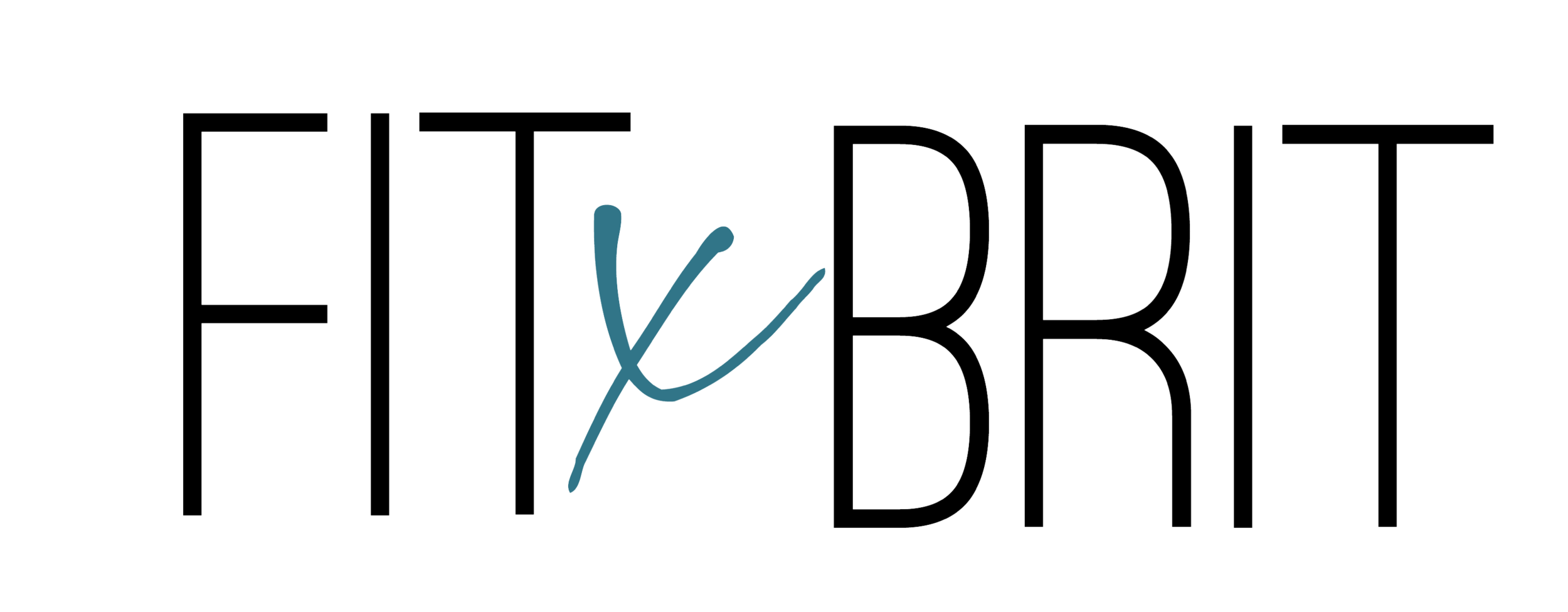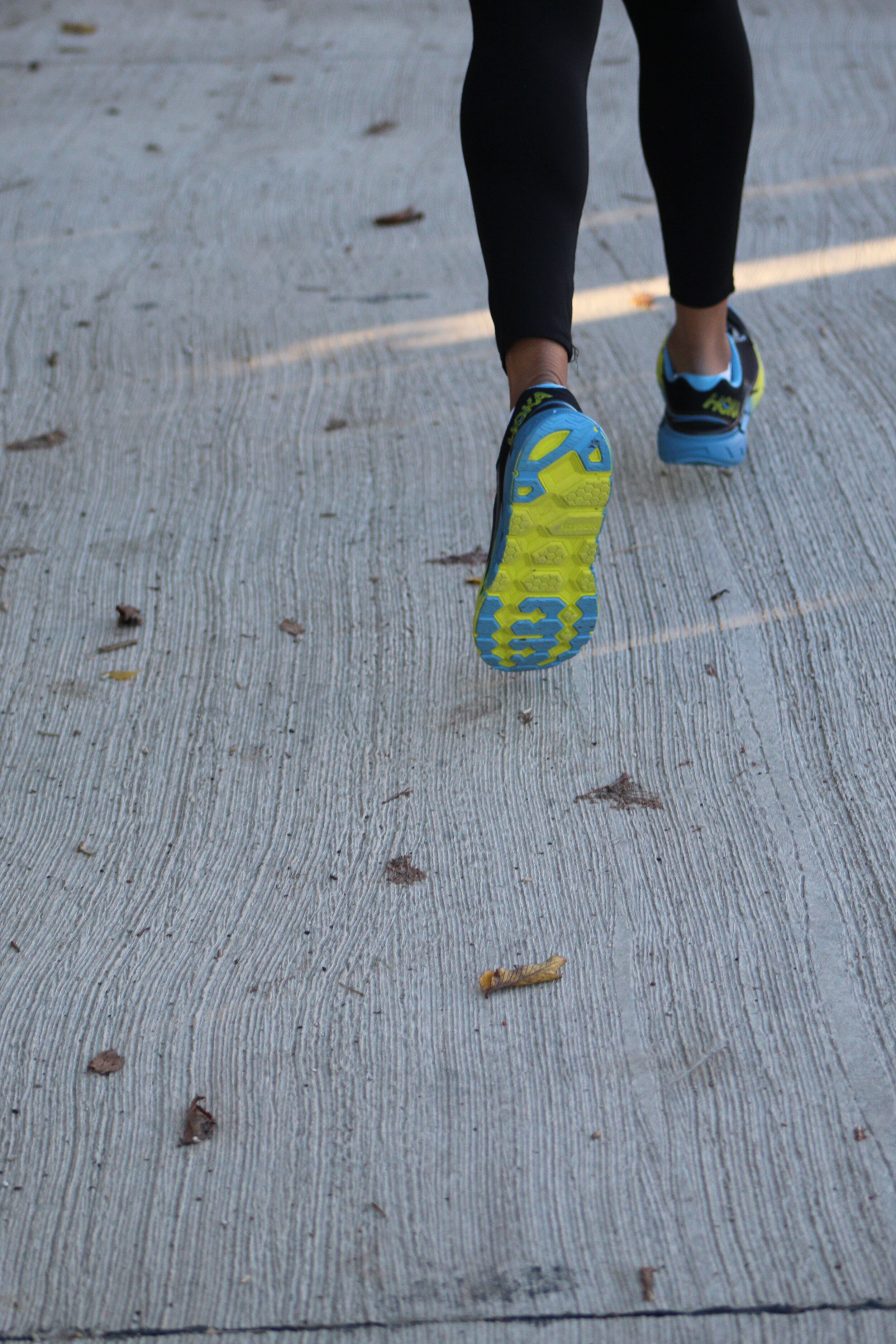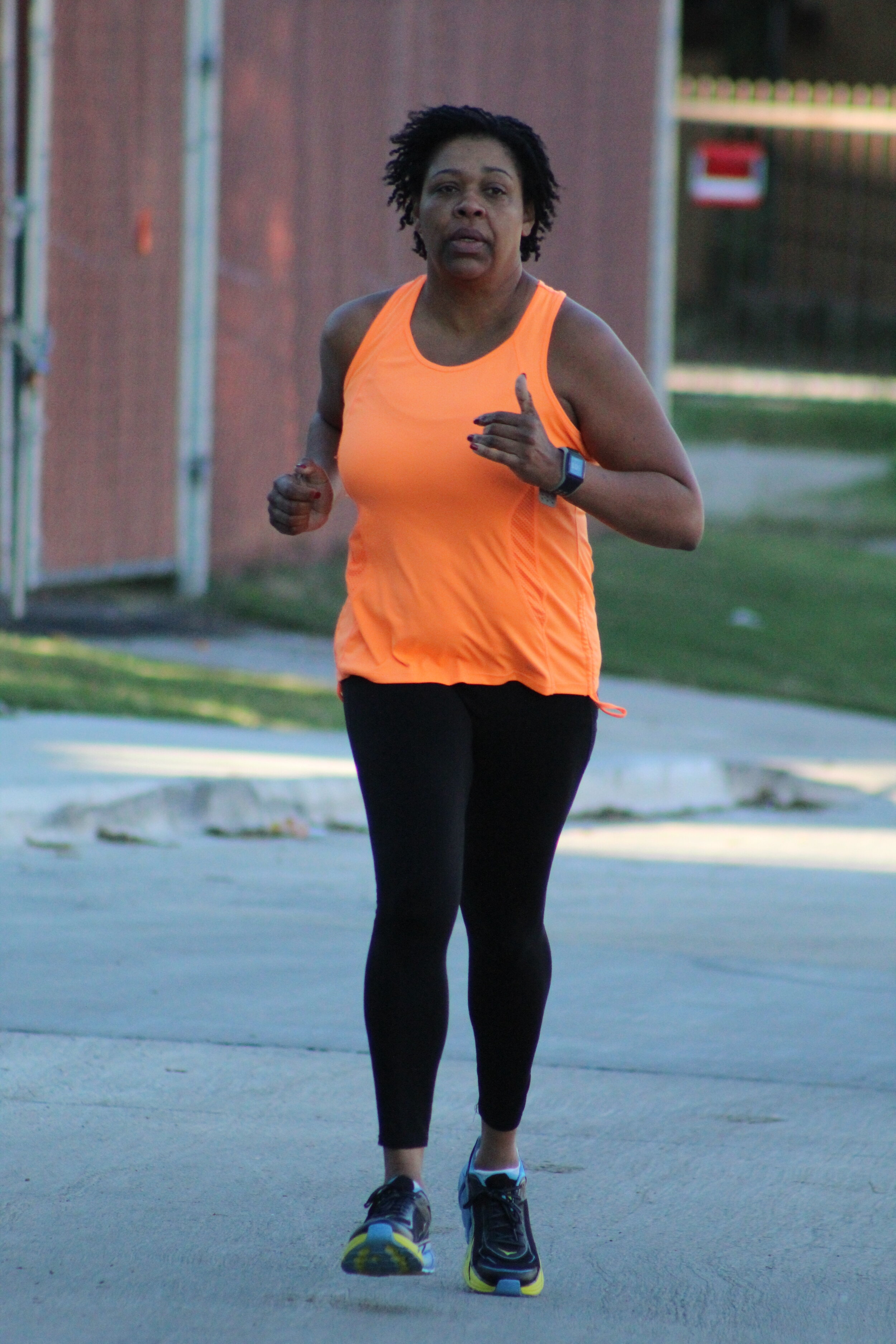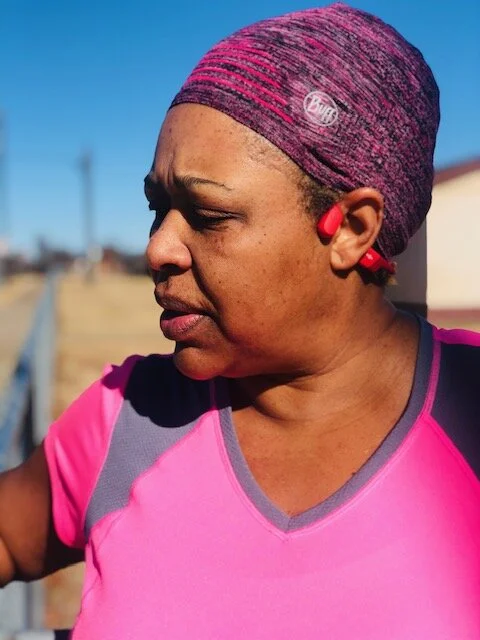What's the Plan
When I first started running in 2013, I woke up one morning and said, “I’m A Runner,” and the journey begins. While visiting with my cousin Veronica during Thanksgiving dinner about her running experience and her affiliation with Cedar Hill Run Club (CHRC) she invited me to their Couch to 5k training session beginning the following Sunday, I signed up. In preparation for my first session, I went for a run in my neighborhood and fell. Falling made me second guess my decision about running with the group. Why? Because what if I fall in front of all those strangers? I tried to go to the session but never found the location, so I jumped on the treadmill because it was December and running in the cold wasn’t an option. I eventually joined Black Girls Run (BGR), and morning runs with CHRC, which provided me with an opportunity to run with others. While running with BGR, I met my first running buddy Lisa who lived in the same neighborhood and went to the same church.
After running for several months with friends, family, and alone, I felt it was time to sign up for a race. If you know me, I go big or go home, so I didn’t waste my time signing up for a 5k. Instead, it was 13.1 miles the following October. I downloaded the Nike Run Club App, and the training began. I followed the prescribed miles, but I didn’t realize the stages of the training progress.
Training Base
Building a training base is the same as building any foundation to make sure the structure is well supported. A training base is generally established six weeks before a training program begins. It allows the runner to build an aerobic base which will alleviate injury, burnout, and lack of motivation as the training plan add miles each week. While building the base, the runner will decide how many miles and days per week he/she will run.
Although I have been running for several years, my running base is still relevant. My favorite phrase is “I’m not going to lace up unless I run at least a 5k,” 3-5 times a week.
Long Runs
You’ve established your base now its time to build endurance by running longer miles. Your effort during long runs should be 55-75% of your 5k pace. They build leg; arm, and torso strength. Building strength is essential, Coach Bennet of the Nike Run Club reminded me that a critical benefit of a long run is to help you endure. Endure through a sucky run, interval run, or just the bumps of life.
Taper
You’ve completed your final long run the weekend before the race, which ranges between 6-10 miles for half marathon training and up to 12 miles for marathon training., Now it's time to decrease your weekly miles to 40% of your peak mileage leading up to the big day. The goal is not to completely stop running, but to make sure your legs feel rested and not stale. Strength training and crossing should also decrease during taper week.
Several years have passed; I still wake up every morning, saying, “I’m A Runner.” I’m following the plan by keeping a consistent base (lately only 2 miles each morning before volleyball practice), long runs on Saturday’s with Dallas Running Club (DRC), and taper when its race time.
Next stop, Trinity River Run.















